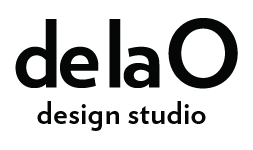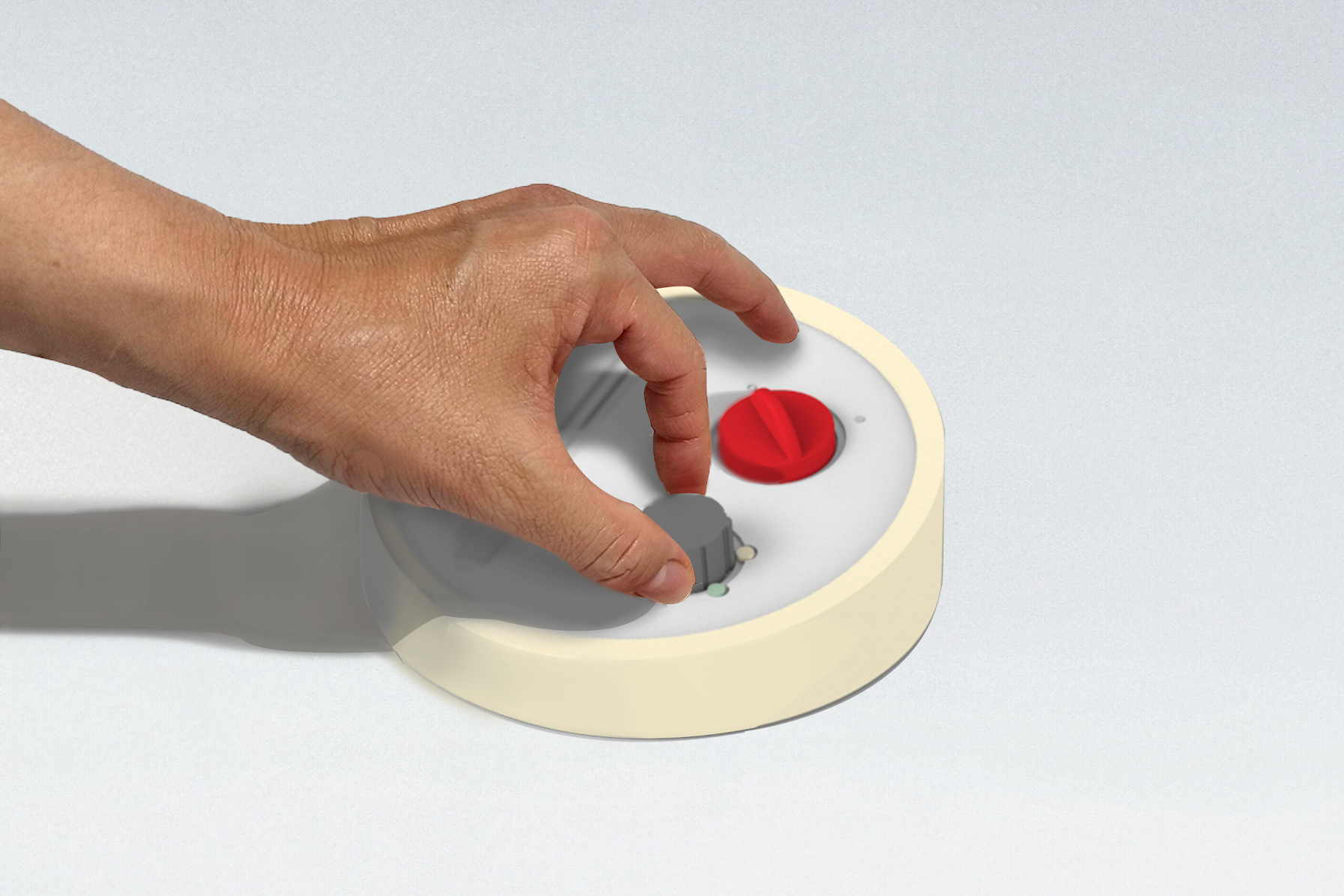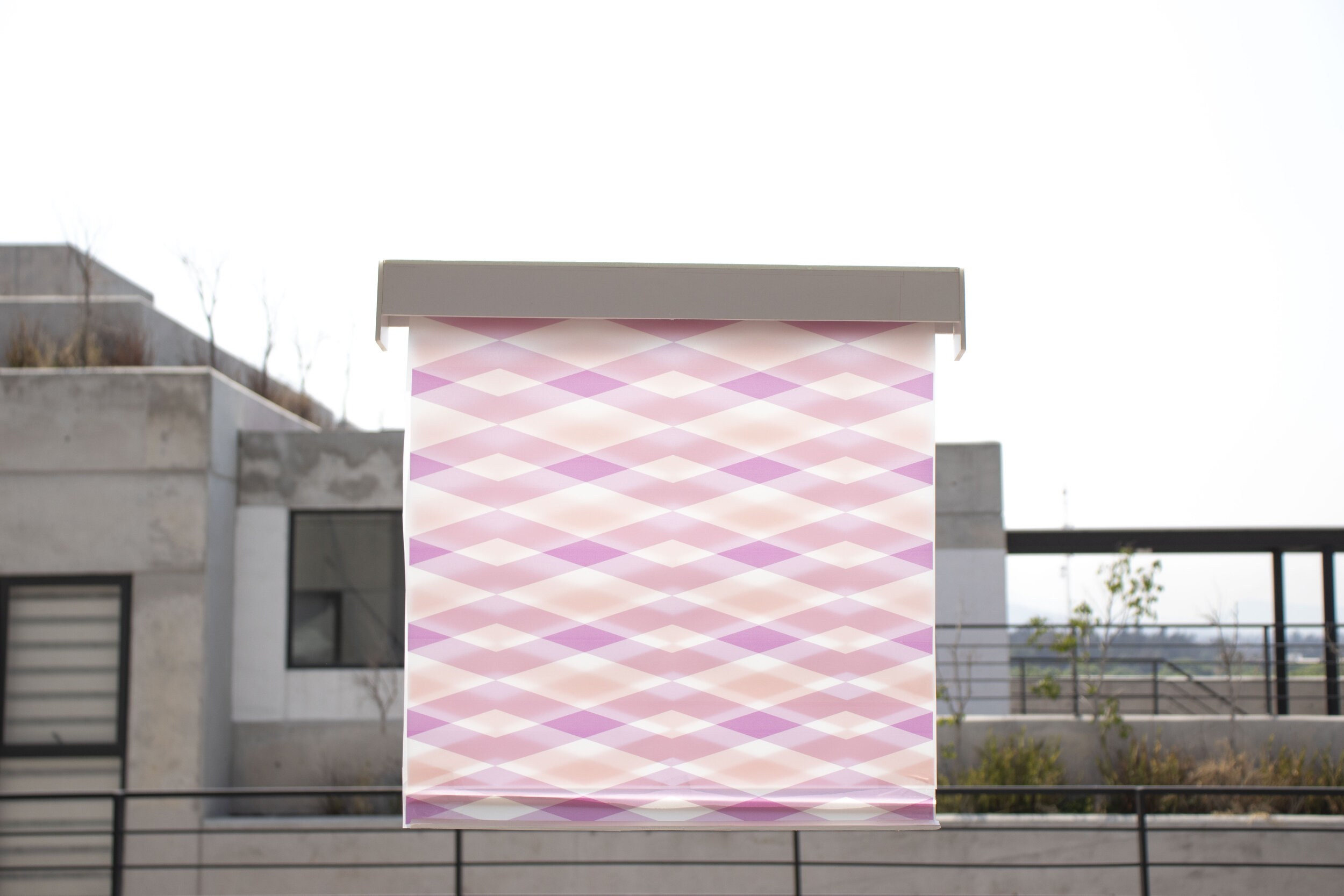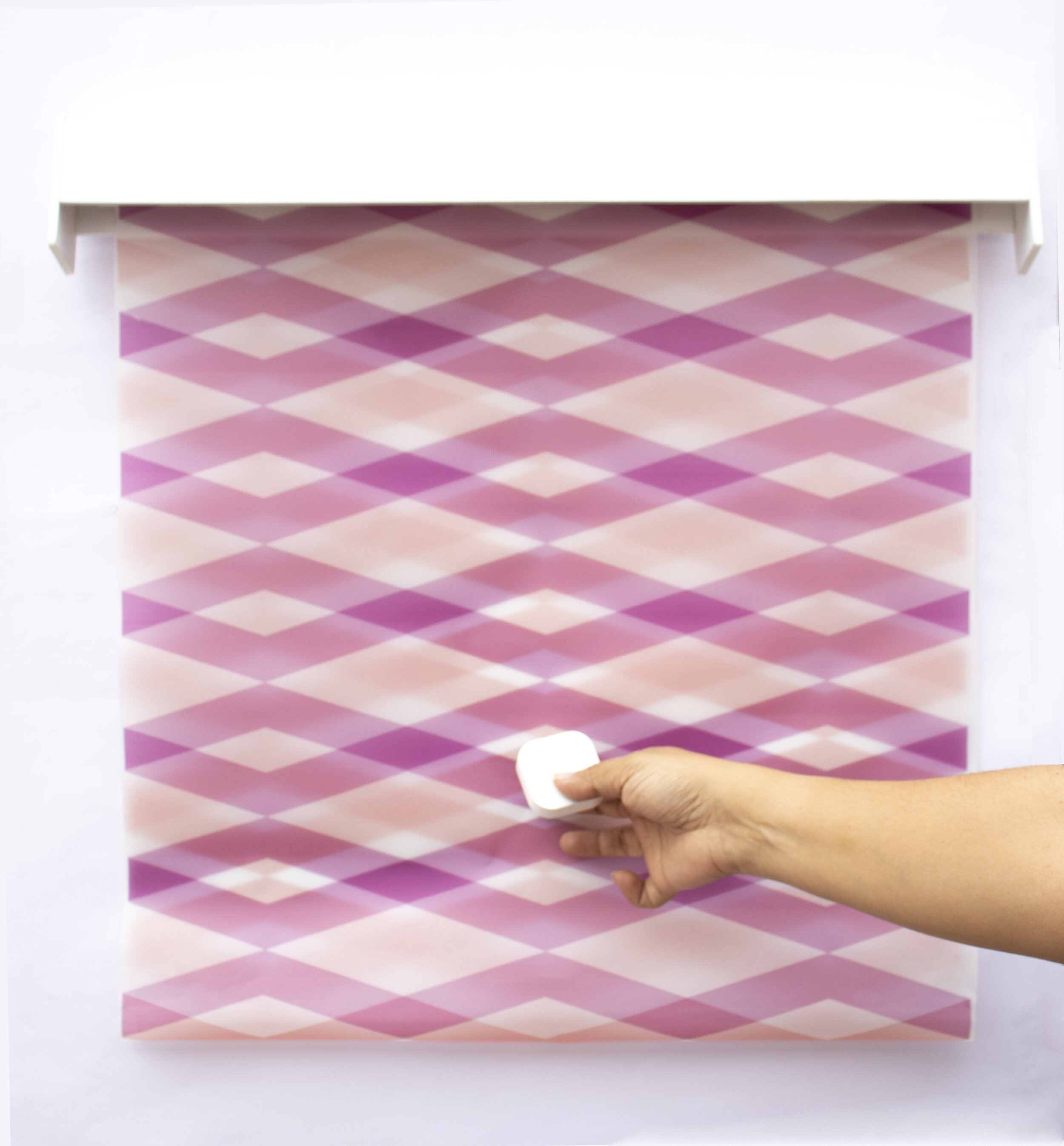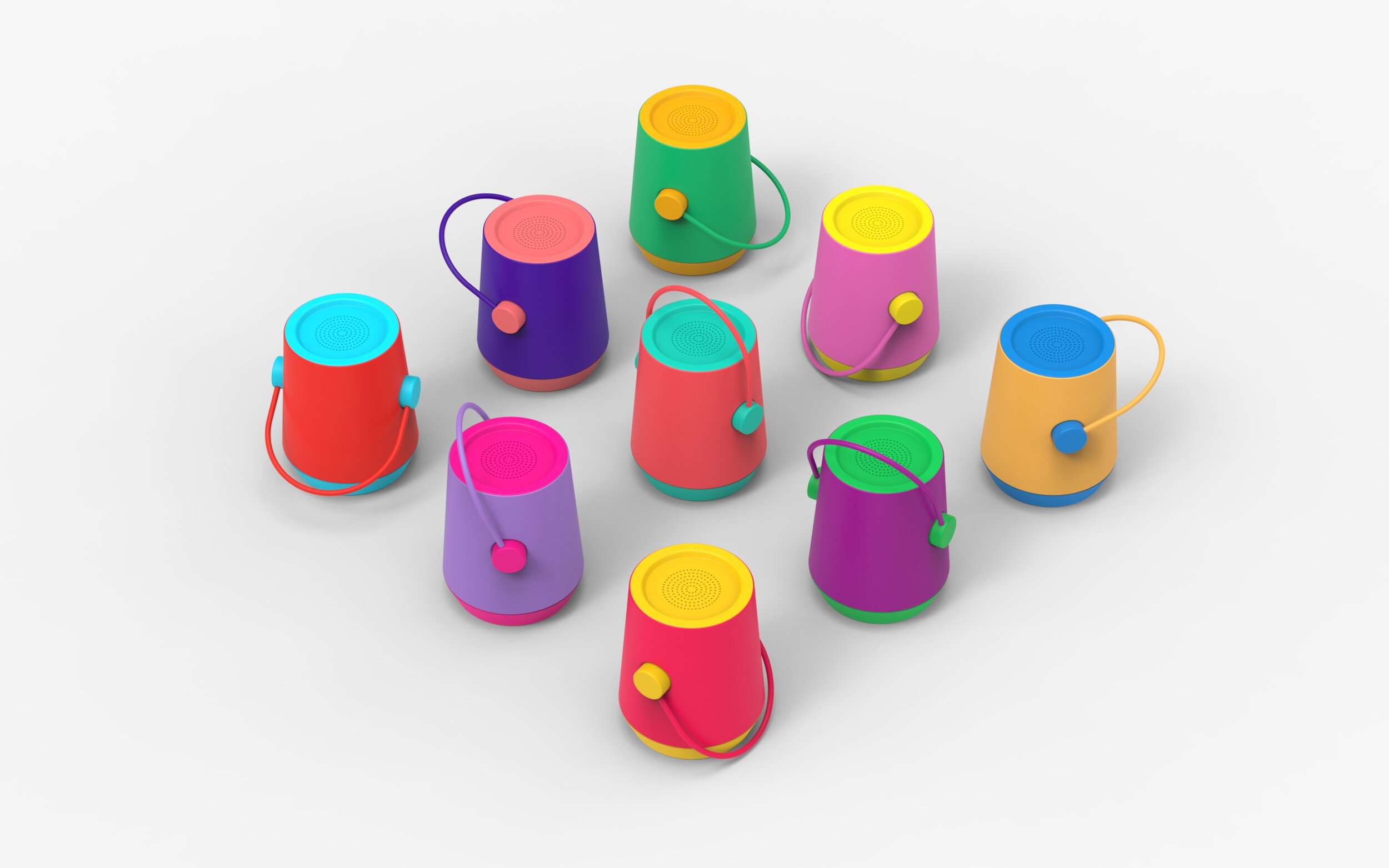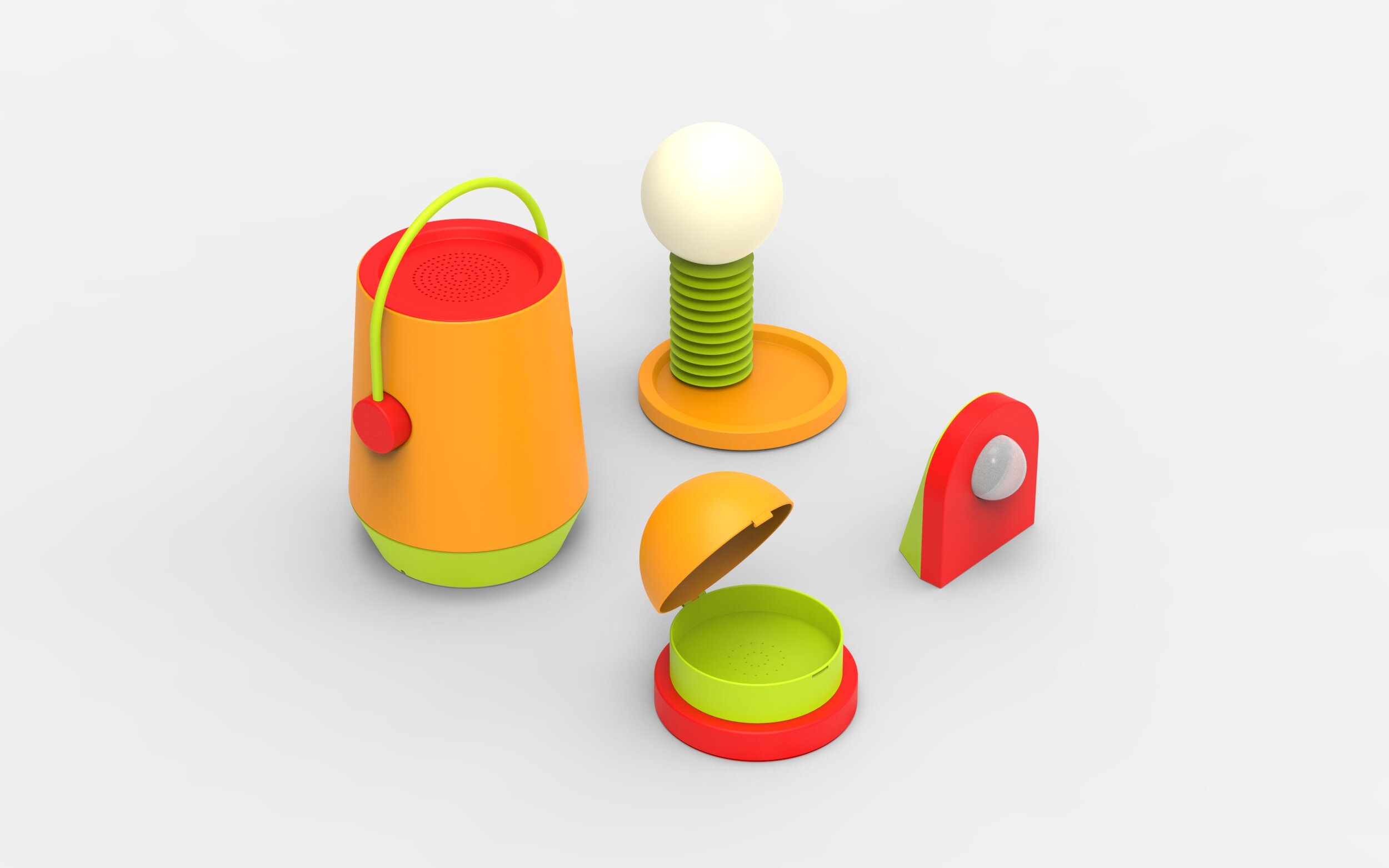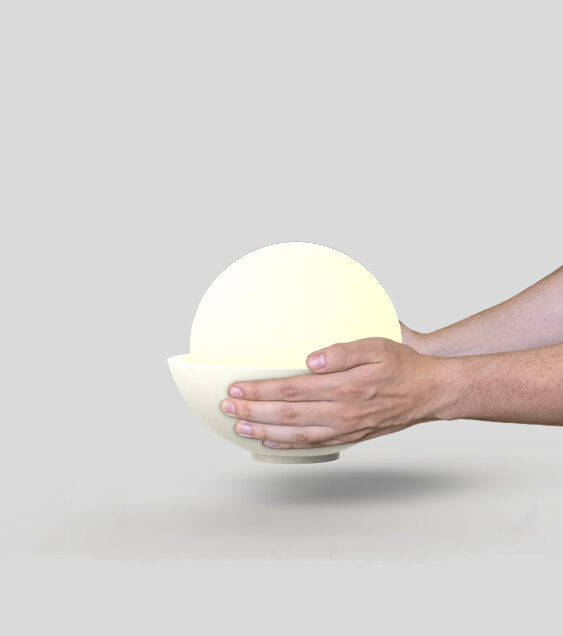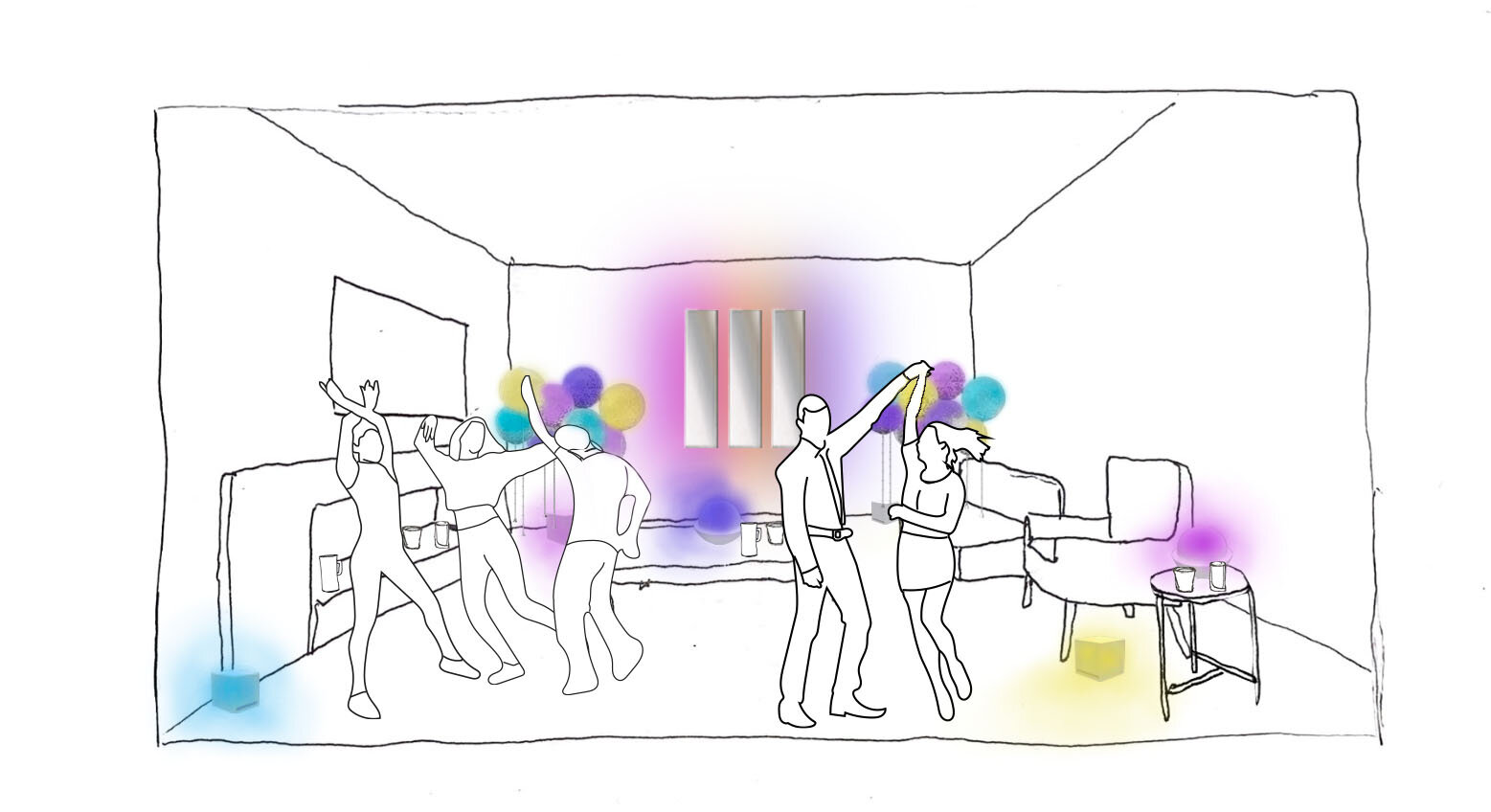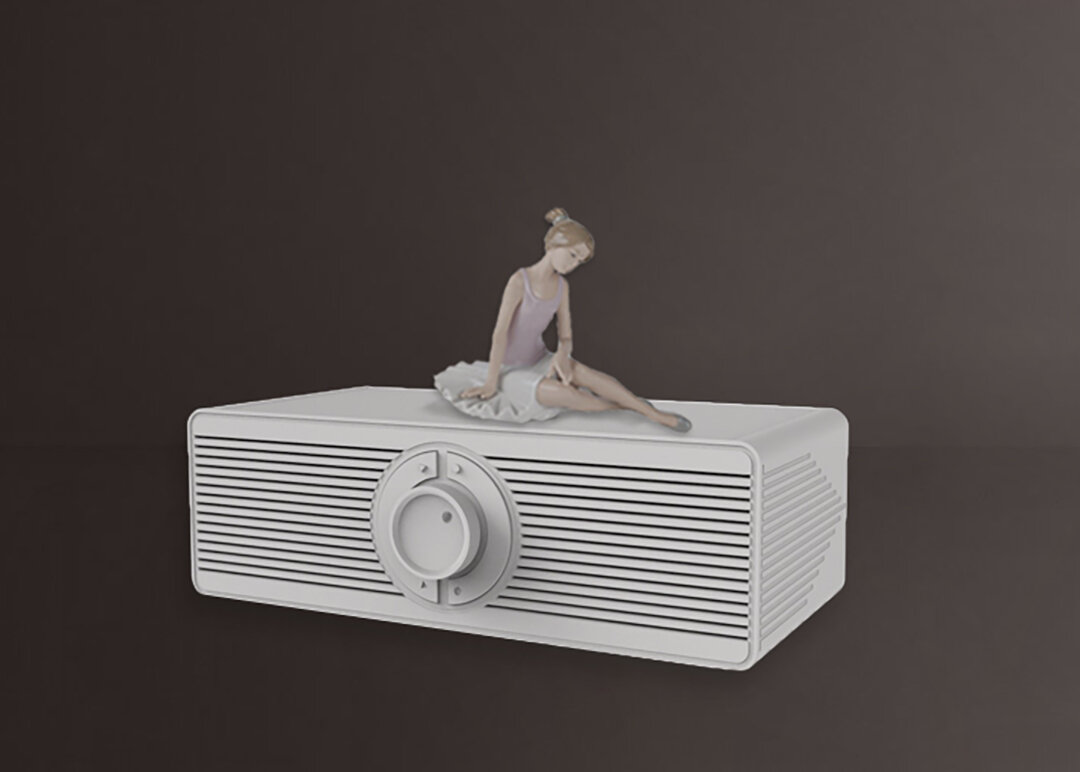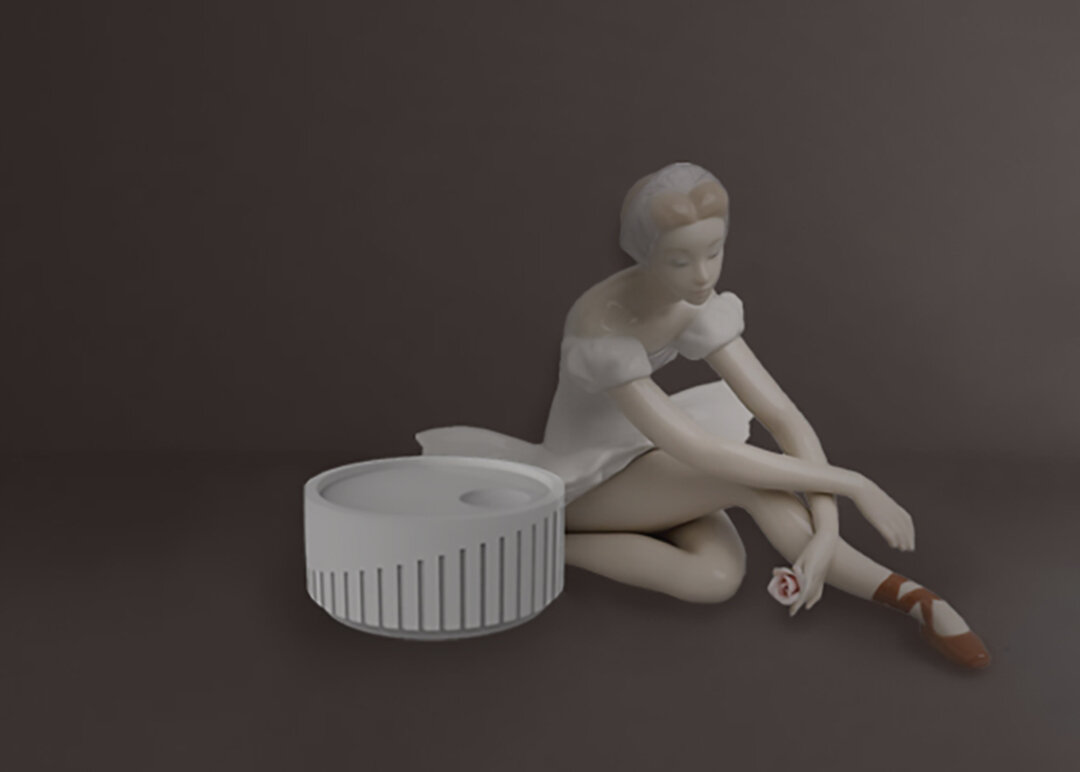IKEA Inclusive User Centered Research
Academic project in collaboration between IKEA of Sweden and the School of Architecture, Art and Design at Tec de Monterrey.
The Smart Home division at IKEA of Sweden wants a deeper understanding of their future Mexican customers. That is why IKEA launched the The Inclusive User Research program from IKEA Home smart in collaboration with universities around the world to help democratize knowledge, ideas and innovation. Most importantly, it is about including and learning together with people with a wide range of perspectives.
For the first edition of this program, IKEA Home smart paired with the School of Architecture, Art, and Design at the Monterrey Institute of Technology in Mexico City. For this edition, undergraduate industrial design students at Tec de Monterrey used User-Centered, Critical and Speculative Design techniques and IKEA’s DPN design methodologies to bring the voice of the people1 into the table.
The project had two main stages. The first one focused on research. Every team recruited a Mexican Family and lent them a collection of IKEA Home smart products for a week. During this period, the students gathered insights through human-centered design activities.
In the second stage, each team developed a hypothetical collection of smart devices that expressed the emotional needs, aspirations, and frustrations of the Mexican user found by their research.
These collections communicated different aspects of the Mexican everyday experience, from the need to include elderly members of the families by rethinking the user interface in smart devices, exploring the nostalgia related to everyday objects (and update a plastic industry in the process), or enhance the Mexican Fiesta culture through smart lighting.
By using Critical and Speculative Design tactics, the students were able to initiate new conversations on cultural aspects with the IKEA Design team. As José de la O, director of delaO design studio and project coordinator with the Monterrey Institute of Technology, suggests: “Here at Tec de Monterrey have been using Speculative and Critical Design as a tool to challenge conceived ideas on how the Mexican user relates to technology. So I am pleased with the radical, challenging ideas that the students came up with”.
The result of this project was be presented during the Abierto Mexicano de Diseño in October2020, as an online discussion between the Students and Designers from IKEA.
The Abierto Mexicano de Diseño is an international festival that annually brings together Mexico’s design community, celebrating it in all its breadth and diversity.
Project: Easy Tech
Students: Alexa Villegas, Paola Fong, Diana Aorta and Sandra Luz Pérez
Description:
The first team of design students found that older Mexican adults (50 to 60) might feel “technophobia” while using smart home devices. After carefully observing how older users felt intimidated by tech, this team found that they perceived “mistrust” and “overwhelm” while exposed to smart devices, causing a dependency on the younger members of the family. This finding is particularly interesting. It suggests that the Mexican user might not be as familiar with smart devices as their European counterparts, making the Design language not universal.
The team started to investigate what would this type of user be familiar with, in terms of technological devices. They discovered that these users would trust more interactions with more fiscality: buttons, sliders, and switches. The team found inspiration on electronics from the ’70s and ’80s, where buttons would do loud clicks. After this, they researched ways an older user could feel more familiar with technology:” We intended that the user managed the objects with simple already known motions”, Paola Fong explains.-” Using familiar hand motions and playfulness gives the user a sense of satisfaction and familiarity”.
The team created a collection of interactive possibilities challenging the conception that technological objects should be clean, minimal, and white.
Project: Negotiation of Space
Students: Karla Valencia, Karina Perez, Ximena Nieto and Diego Perez Gonzales.
Description:
The second team of students dive into how Mexican families live in smaller places and how there is a constant negotiation of space between them. During the research, the students found that this particular family had two sisters where they had to share the same bed and the same room. The older sister, a university student, had a completely different schedule as her younger sister, a high school student. It can be challenging to do various activities while sharing the same limited space. How could design solve this issue of constant negotiation of space and create a fluid transformation for all these different moments?
This team observed that in Mexican Households is very common to use textiles as a way to separate space and sometimes as a substitute for doors. As team member Karina Pérez describes: “In Mexico, the negotiation of the space is a common problem since families are large, members are forced to share certain areas and rooms. That is why we decided to hack IKEA’s FYRTUR smart roller blinds to give the families the chance to decide how to share or separate their spaces providing privacy”. This team proposed changing the smart blind’s textile patterns as they found that the Mexican user would be more comfortable when there are more color and visual elements in their surroundings. Inspired by folk art and design theory of Amplified Reality, this team rethinks the smart blind for the Mexican context.
Project: Polypop
Students: Denis Partida, Adriana Gonzales & Carolina Rivera
Description:
The third group of students researched a young couple (double-income-no-kids). After experiencing IKEA Home smart products devices for the first time, they wanted to have a more personal or emotional connection with their devices. As this team found out, the Mexican user needs to keep their electronics for older generations, as a sort of an heirloom. This idea brings the importance of our emotional relationships with our objects.
This team found inspiration in the nostalgia of the colorful polyethylene products popular on Fondas (ubiquitous Mom-and-Pop restaurants) and street markets in México. As team member Carolina Rivera explains: “We focused on a collection of home smart devices that appeal to the user’s nostalgia through polyethylene, which is a common material in Mexican daily life.” They took this as an inspiration as a way not only to find an emotional connection with something familiar to the Mexican user but also a potential opportunity to revamp an old
industry that might not be as popular as the traditional Mexican craft. The students focused on design for easy disassembly and recycling to design this collection of objects that could be extremely easy to repair, recycle, and reuse.
“Developing this project was very exciting for us. Even though we are still students, we had the opportunity to receive feedback from designers from a world-class company, such as IKEA,” Carolina declares.
Project: Lumetría
Students: Mariana Magaña, Maria Fernanda Gonzales & Erik Rodriguez
Description:
The fourth group of students dived into the emotional needs the Mexican society has towards celebrating traditions. After interviews and observing their corresponding family, they saw the significant relationship between Mexicans and social gatherings. As they found out, Mexican Families prefer to gather socially in their own homes rather than in a public space. This team focused on how smart lighting could create different environments for different moods and celebrations. A Christmas atmosphere is entirely different from a “Dia de Muertos” celebration.
This team designed a collection of smart luminaries that could create different atmospheres for different celebrations. The students turned into the posthumous work of Mexican architect Luis Barragán and the use of light and color. As Maria Fernanda Gonzales Explains: “The idea for this collection came after discovering in research that Mexicans love to have fun, get together and have “fiestas” for everything. With these luminaries we wanted people to create a different environment, a new experience; maintaining its traditions, enhancing our culture, and a nod to Luis Barragán and his handling of light and color”
The team proposed a collection of three lighting devices. One device was fixed in the walls, and two tabletops lamps could create color and light combinations that could generate different atmospheres at home. “Working with IKEA was such a great opportunity for us to learn what this international company is doing and receive feedback. Everything we learned with them will help us change the way we work, achieving projects with a much more deep understanding of the user”-Maria Fernanda explains.
Project: Remembrance
Students: Pauina Reynoso, Valeria Nuñes & Johanna Mazariegos
Description:
Last but not least, the fifth team also found opportunities in how older people relate to smart devices. After analyzing how their corresponding family used the IKEA Home smart devices, they found that the Grandmother perceived these devices delicate and fragile, even if they were not. She wanted to feel more confident while using these devices and feel included in using them.
Inspired by these insights, this team proposed an alternative design of the IKEA Home smart devices by changing the physical appearance as a way to arouse the user’s predominant characteristics that they could remember from their youth. This finding concerned the team as Paulina Reynoso explains: “Everyone should be able to use a smart device no matter their age, so we created a collection that through its appearance could invite our grandparents to use these home smart devices”.
By looking into how design looked before the digital era and using visual cues that could remember us of art-deco details popularized in Mexican households in the s60’, this team of students challenged the paradigm that technology should look like something futuristic, technological or new.
Academic Platform: School of Industrial Design of the Technological and Higher Education of Monterrey, Mexico City Region
Mentoring IKEA of Sweden: Marco Guadarrama, Tjeerd van Waijenbrug & Marcus Marcus Arvonen
Coordination & Mentoring: José de la O
